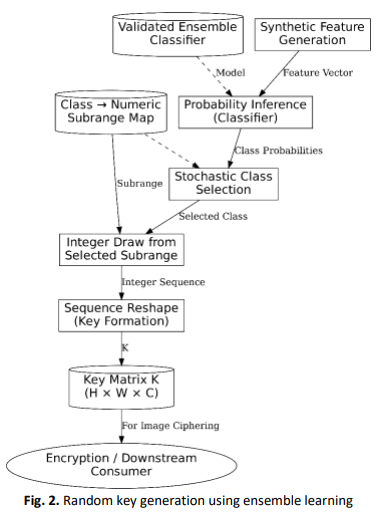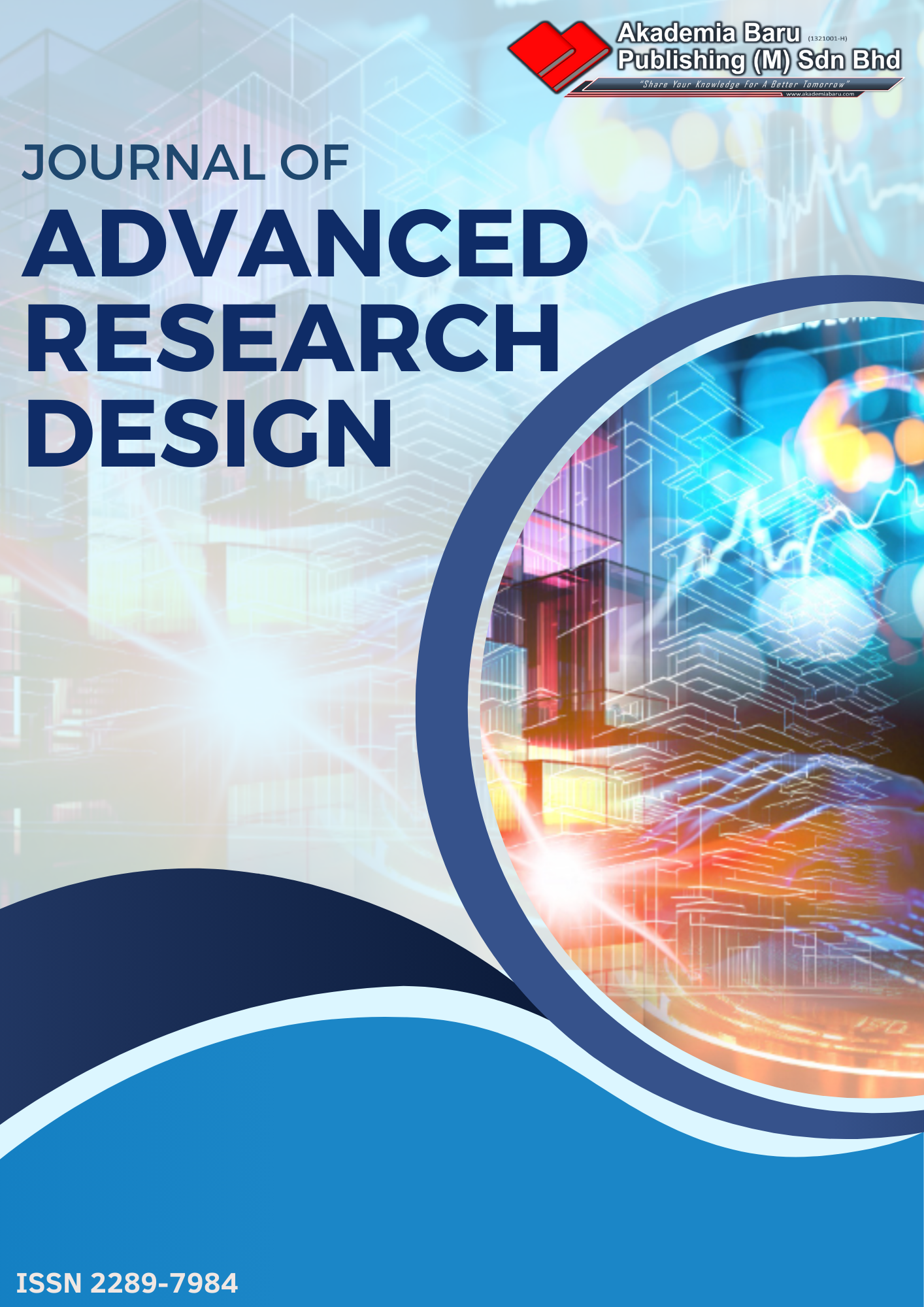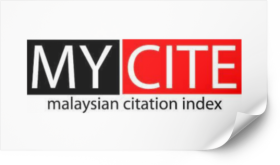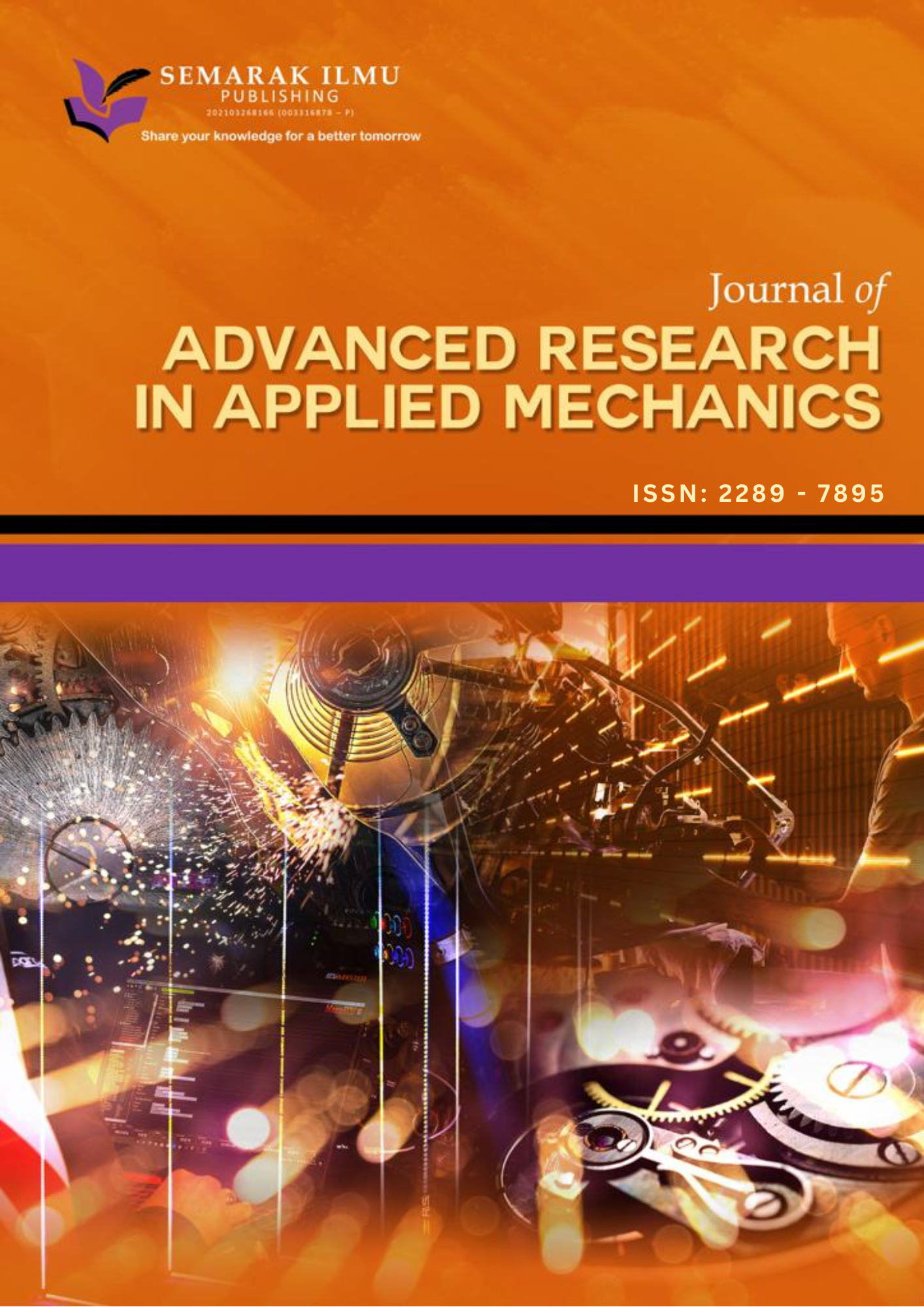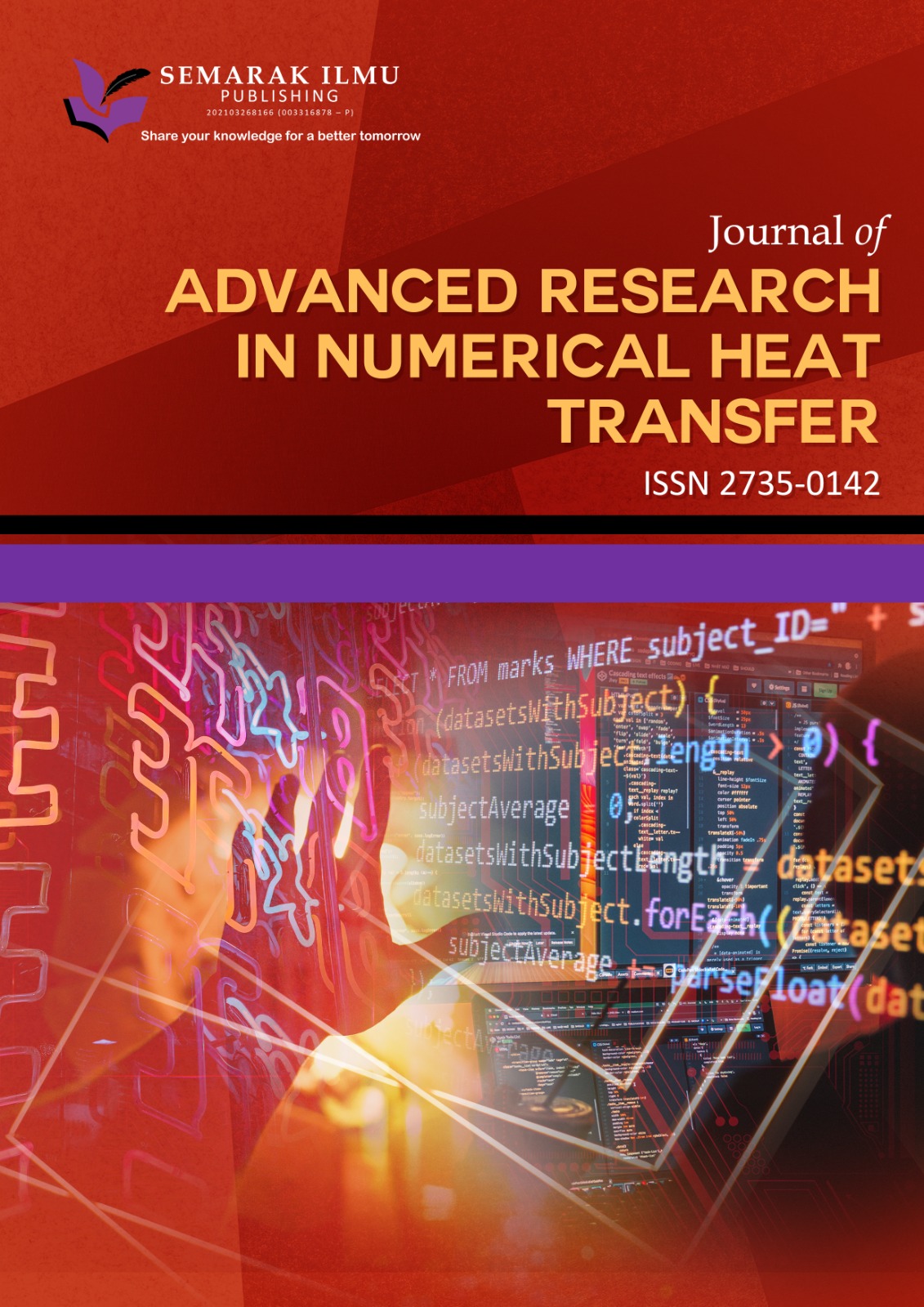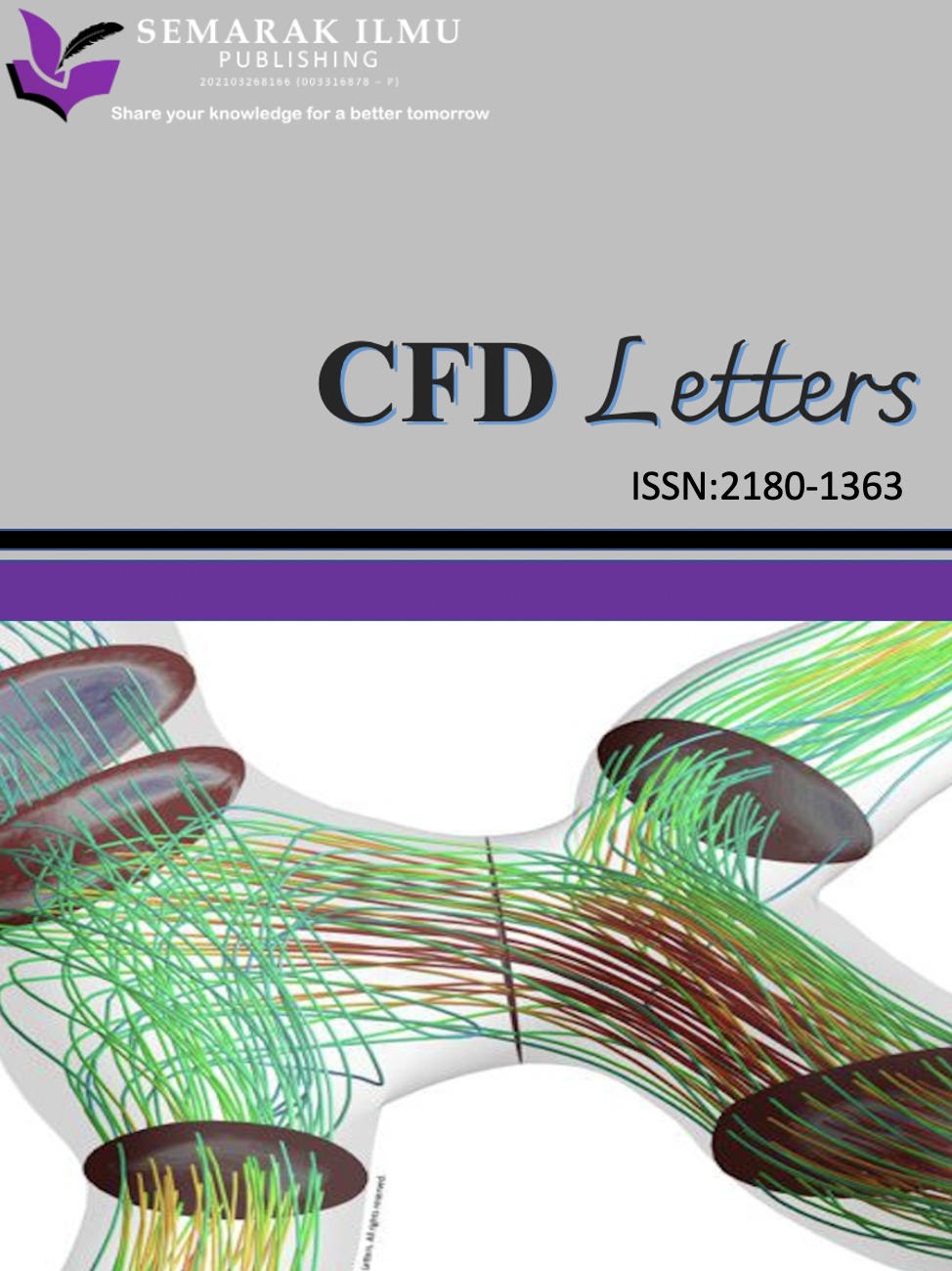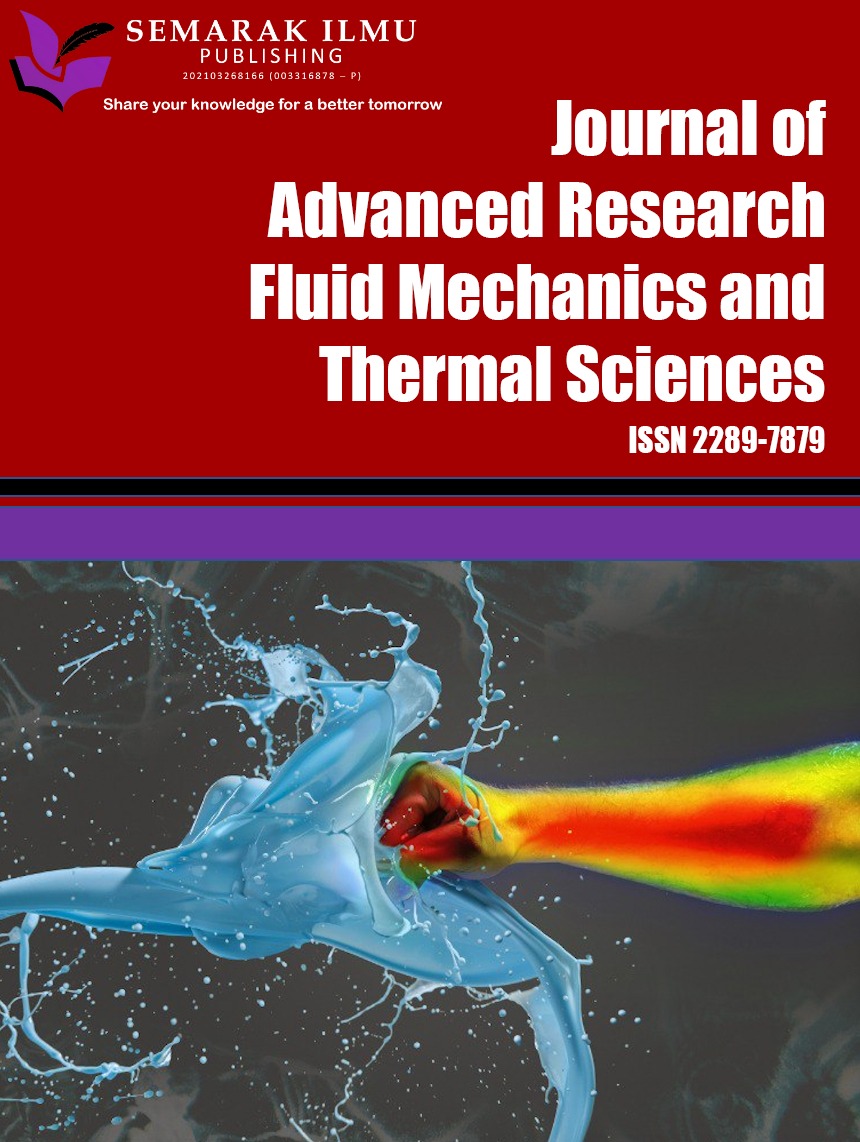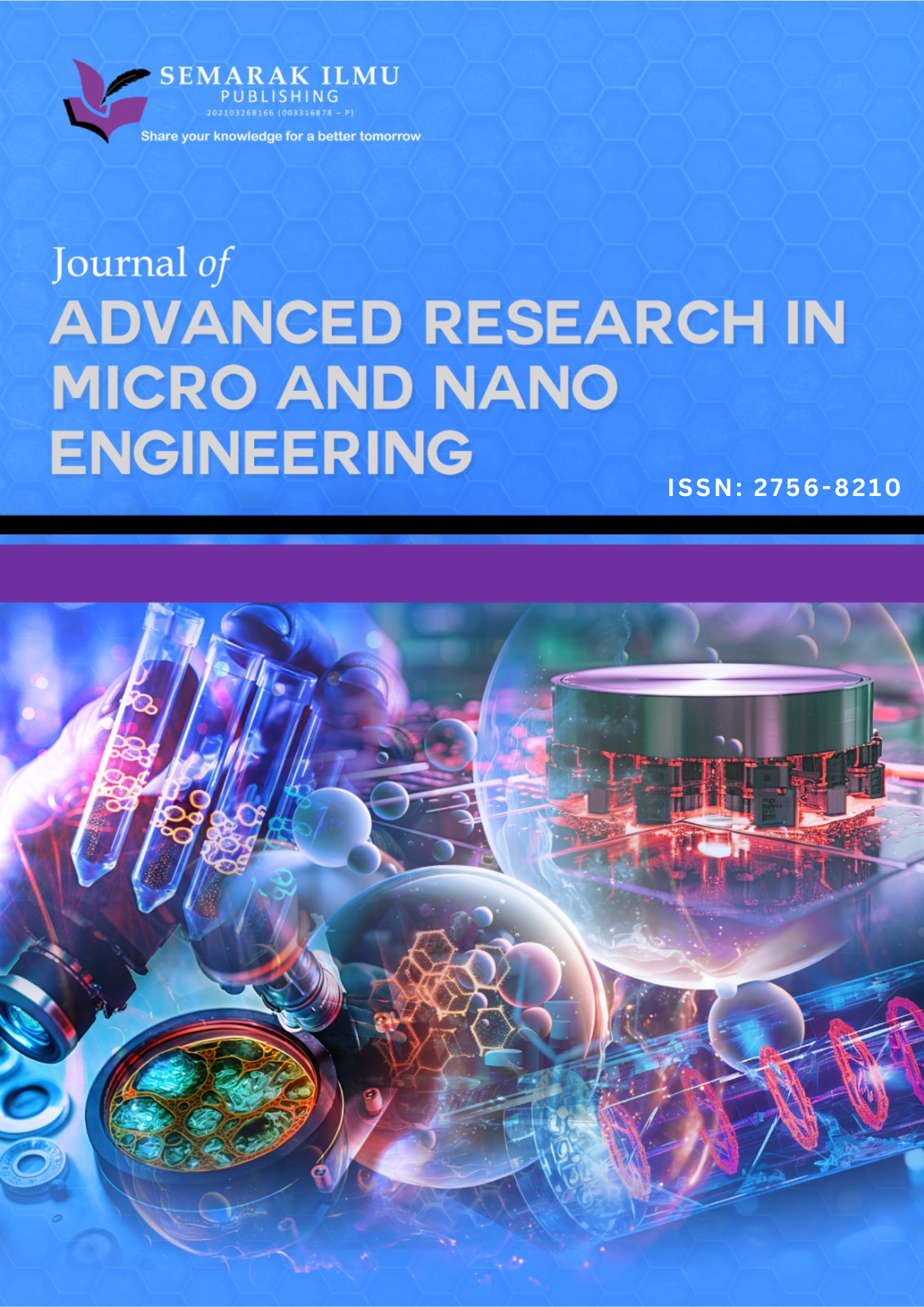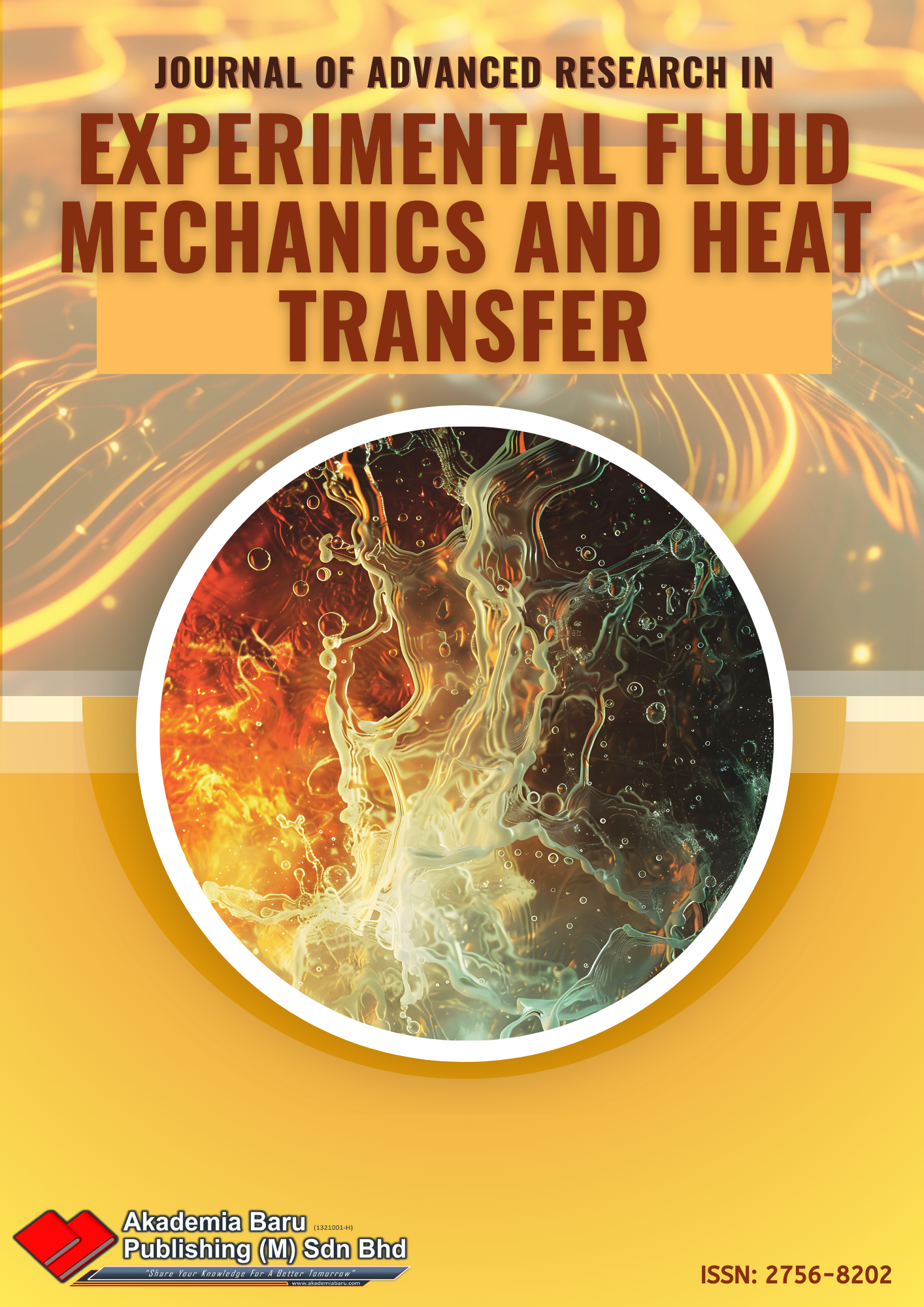A Two-stage Image Encryption Framework using Ensemble Learning-Driven Key Generation and Spiral Ripple Shuffling
DOI:
https://doi.org/10.37934/ard.143.1.84108Keywords:
Image encryption, ensemble learning, spiral ripple shuffle (SRS), pseudorandom key generation, bitwise XORAbstract
The surge in the use of digital imaging demands ciphers that are both mathematically rigorous and computationally light. However, there are gaps in earlier chaos- or Machine Learning-based schemes such as inefficient key generation, limited computational scalability and vulnerabilities to advanced attacks. Particularly when integrating machine learning with cryptographic operations by producing fully key-dependent row/column permutations and diffusion in a single pass. This study therefore introduces a two-stage framework that marries an ensemble-learning-driven pseudorandom key generator with a spiral-ripple shuffle followed by XOR diffusion to dismantle pixel correlations at linear-time complexity . Experiments on six benchmark images confirm the design’s statistical resilience with averages of NPCR = 99.57 percent, UACI = 34.63 percent, entropy = 7.52 bits and SSIM quite similar to 0.01 between cipher and plain images. Recovery fidelity remains high (PSNR up to 53.97 dB), while the heaviest image encrypts in 0.94s and lighter images in quite similar to 0.03s on standard desktop hardware. These figures indicate near-ideal diffusion, uniform histogram distribution and negligible perceptual leakage, outperforming recent chaos-IoT ciphers in runtime without sacrificing security metrics. Therefore, the proposed system achieves real-time throughput for megapixel frames, positioning it as a viable candidate for privacy-critical digital image pipelines.
Downloads
